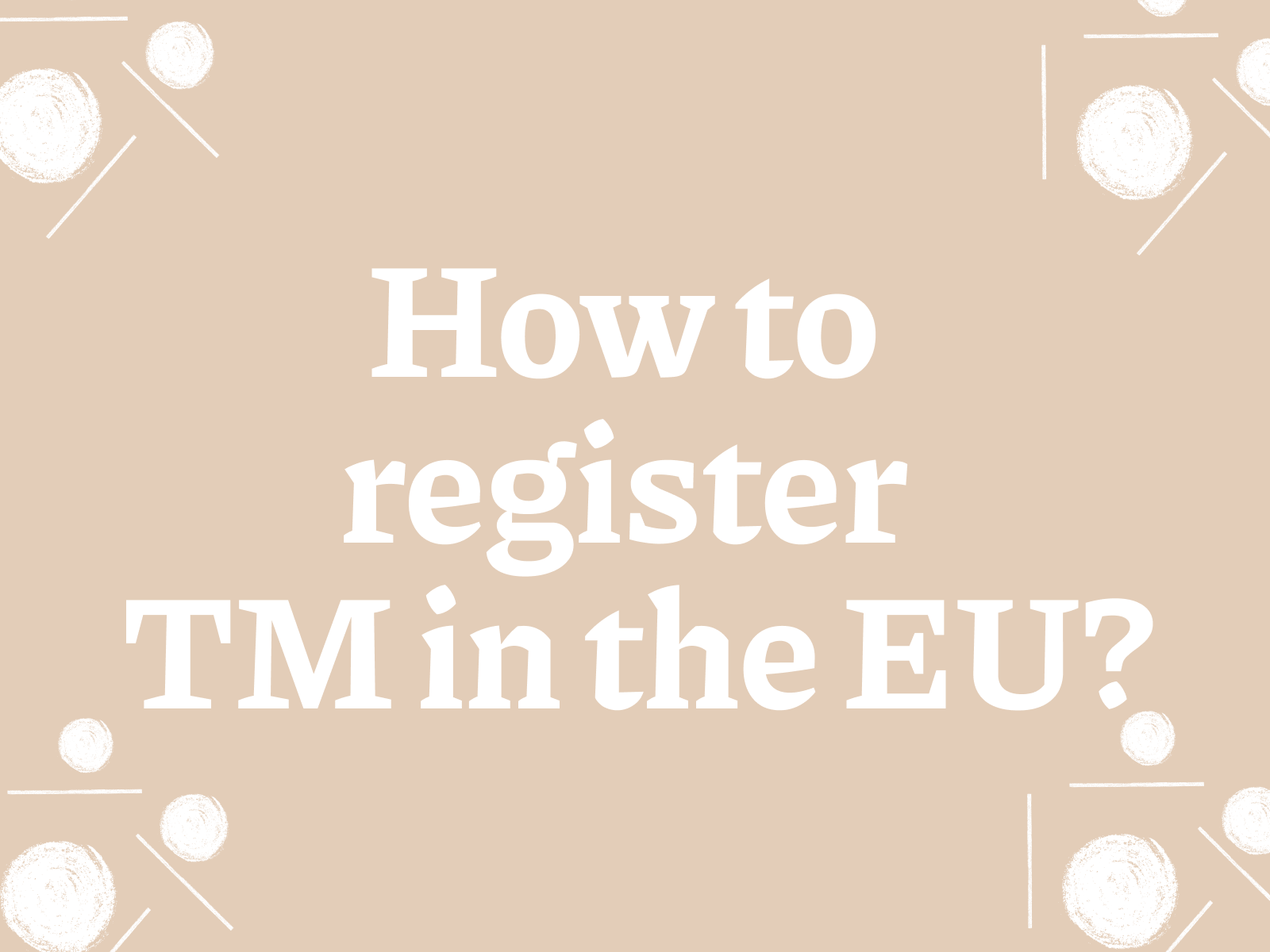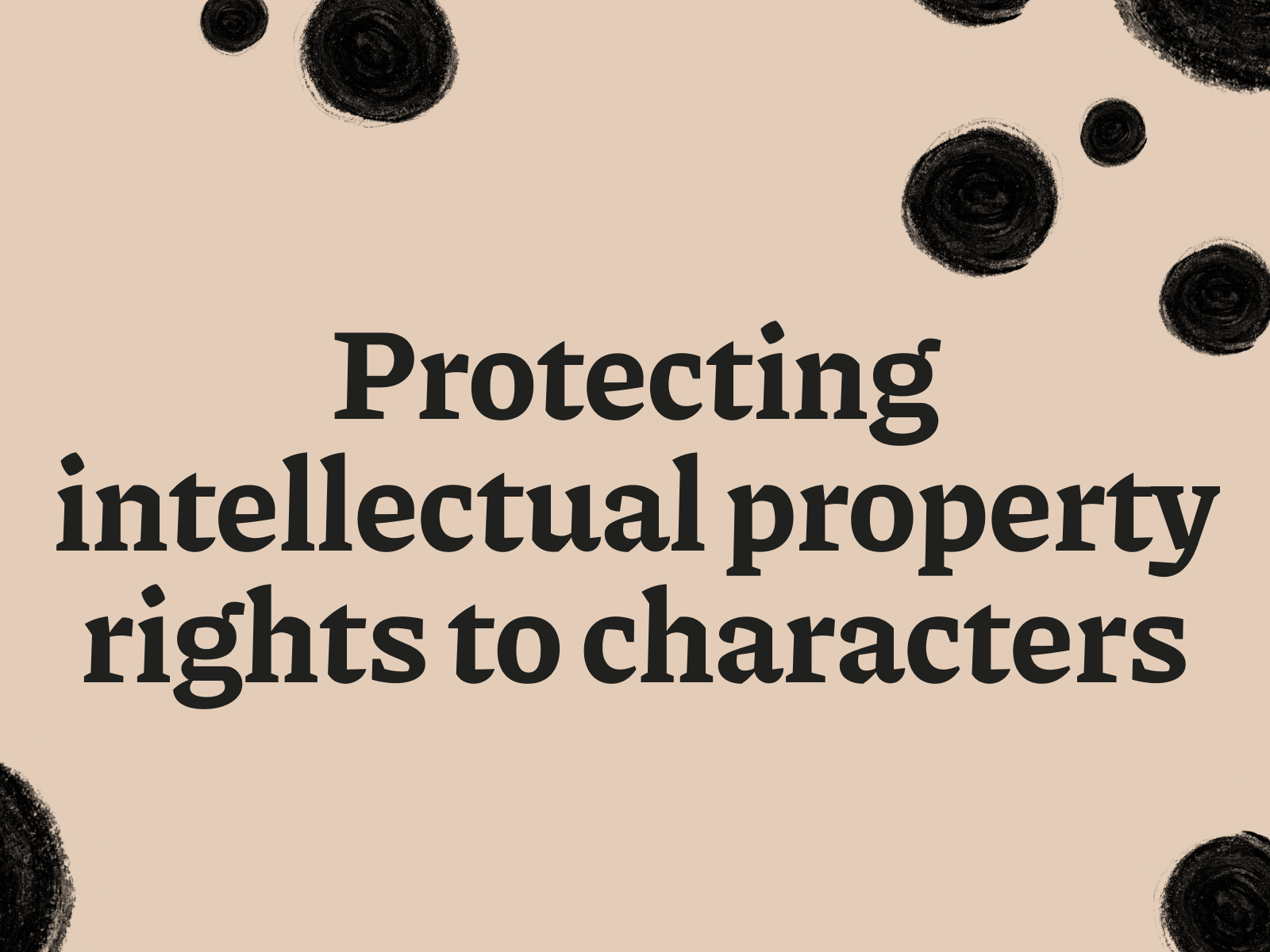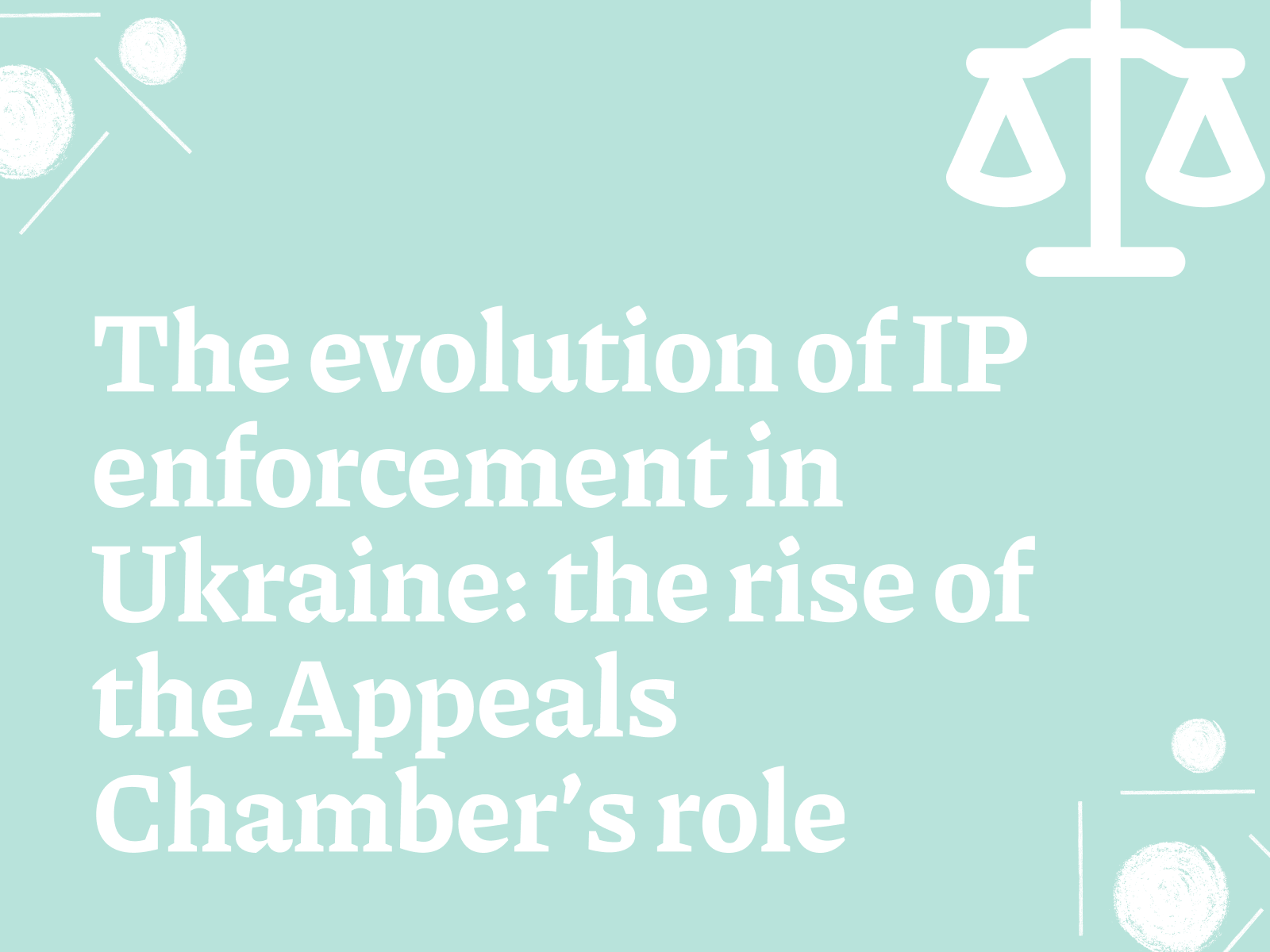Entry into the European market is an ambitious goal for any business. But before you win the hearts of European consumers, you should take care of reliable protection of your brand. Trademark (TM) registration in the EU is the foundation on which your company’s trust, reputation and success are built internationally.
Trademark registration is not just a formality, but an investment in your future. A registered trademark gives you the exclusive right to use your brand’s unique designation (name, logo, slogan) and protects it from copying and unfair use by competitors. This allows you to build strong relationships with consumers who will be confident in the quality and originality of your goods and services.
Although the process of registering a trademark in the EU requires attention to detail and compliance with certain procedures, it is quite affordable for every business. With professional legal assistance, you can easily go through all the stages – from preliminary search to obtaining a certificate – and ensure reliable protection of your brand in the European market.
Preparation for TM registration in the EU
Before you start the process of registering a trademark in the European Union, it is important to prepare thoroughly. This stage involves two key steps: preliminary search and analysis, and choosing the best way to register.
Preliminary search and analysis
A trademark applicationmay be rejected if it does not meet certain criteria or is similar to existing trademarks. Therefore, the first step is to conduct a preliminary search. This will help you:
- Identify similar or identical TMs: make sure your trademark is unique and does not infringe the rights of other owners.
- Estimate the chances of successful registration: determine whether your TM meets the requirements of EU legislation for registration.
- Avoid potential conflicts: reduce the risk of receiving claims from owners of similar TMs.
Criteria for refusal of registration:
- The trademark has no distinctive character.
- TM is descriptive for goods and services.
- The trademark misleads consumers.
- The TM is contrary to public order or morality.
It is also important to determine for which classes of goods and services you want to register your TM. The European Union uses the International Classification of Goods and Services (ICGS), which contains 45 classes. Choosing the right classes is important because it determines the scope of protection of your TM.
Choosing a registration method
There are three main ways to register a trademark in the EU:
- National: filing an application with the intellectual property office of a particular EU country.
- Regional: filing an application with the European Union Intellectual Property Office (EUIPO) for TM registration throughout the EU.
- International: filing an application under the Madrid system, which allows you to register a TM in several countries at the same time, including the EU countries.
Advantages and disadvantages of each method:
- National: more affordable, but limited to the territory of one country.
- Regional: provides protection throughout the EU, but is more expensive than national protection.
- International: convenient for registration in several countries, but requires a basic application or registration in Ukraine.
The best way to go depends on your needs and business strategy.
Registration process and TM protection
After careful preparation, you can proceed to the actual process of registering a trademark in the EU. This stage includes filing an application, passing an examination and, if necessary, overcoming opposition. After successful registration, it is important to know how to use and protect your TM.
Application and examination
An application for trademark registration is filed with the relevant intellectual property office – national, EUIPO or through the Madrid system. The application must contain:
- Application for registration: with information about the applicant, type of TM (verbal, figurative, combined), list of goods and services for which registration is required.
- The image of the TM: in the appropriate format and quality. A clear and understandable image is important for identifying your TM and comparing it with others.
- Description of the TM (optional): if the TM contains non-standard elements, such as colours, fonts, three-dimensional elements, a detailed description must be provided.
- Recipt of payment of the fee. The amount of the fee depends on the chosen registration method and the number of classes of goods and services.
Stages of examination:
- Formal examination: checking the correctness of the application and the availability of all necessary documents.
- Substantive examination: verification of the TM for compliance with the requirements of EU legislation, such as distinctiveness, lack of deceptiveness and compliance with public policy. Experts also search for similar or identical TMs that have already been registered or are pending.
- Inquiries from experts: in case of questions or doubts, experts can send a request for additional information, clarification of the TM description or list of goods and services.
The possibility of opposition:
- Opposition Procedure: during a certain period after the publication of the application (usually 3 months), third parties may file an opposition if they believe that the registration of your TM infringes their rights to previously registered TMs or other intellectual property objects.
- Overcoming Opposition: if you receive an opposition, you will need to provide arguments in defence of your application. This may include evidence of the differences between your TM and the opponent’s TM, evidence of first use, arguments regarding the absence of a likelihood of confusion, etc. Successfully overcoming the opposition will allow you to continue the registration process.
Use and protection of TM
Protecting intellectual property is an important aspect of successful business, especially when entering new markets. A registered trademark gives you the exclusive right to use it to identify the goods and services specified in the certificate. This means that you can:
- Prohibit others from using similar marks for goods and services belonging to the same classes without your consent.
- Use the ® symbol to indicate your TM, which informs others about its registered status.
- Licence or sell the rights to use your TM to others.
The validity period of a TM in the EU is 10 years with the possibility of renewal an unlimited number of times for the following 10-year periods. To renew the TM, you must submit an application and pay the fee.
The importance of monitoring:
- Active use of TM: it is important to actively use your TM to mark your goods and services to keep it valid and avoid its cancellation for non-use.
- Market Monitoring: regularly monitor the market for possible infringements of your TM rights. This may include searching for similar TMs used by competitors, monitoring online platforms and marketplaces.
Protection against violations:
Infringement of trademark rights may include the use of a similar designation for goods and services of the same class, copying or imitation of your trademark design, as well as the sale of counterfeit products under your brand.
In case of violation of your trademark rights, you can take measures to protect them:
- Claim: send the infringer a written claim demanding that the infringement be stopped and the damages be compensated.
- Judicial remedies: Apply to the court for termination of the infringement, compensation for damages, seizure of counterfeit products and/or publication of the court decision.
- Customs protection: apply to the customs authorities to include your TM in the customs register of intellectual property. This will allow customs authorities to detain counterfeit products imported into the EU.
- Professional assistance: Calling on experienced lawyers specialising in the protection of intellectual property will help you effectively protect your trademark rights, choose the best protection strategy and achieve a positive result.
Protecting a trademark is a process that requires constant attention and active action. A professional approach to the registration and protection of your TM is the key to the successful development of your business in the European market.
Conclusion
Trade mark registration in the EU is an important step for any company seeking to protect its brand and develop its business in the European market. This process requires careful preparation, knowledge of the law and compliance with certain procedures.
Professional legal support will help you avoid mistakes, save time and ensure successful registration of your TM. will allow you to choose the best way to register, prepare the necessary documents and go through all the stages of examination.
Polikarpov Law Firm has many years of experience in the field of intellectual property protection and provides a full range of services for the registration and protection of TMs in the EU. Our lawyers will help you with:
- Conduct a preliminary search and analysis of the TM.
- Choose the best way to register.
- Prepare and submit an application for registration.
- Support the examination process and overcome opposition.
- Protect your TM from infringement.
Contact us for a consultationto get professional help and ensure reliable protection of your brand in the European market.
Is it necessary to register a trademark in the EU to enter the European market
Entering the European market is an ambitious step that opens up many opportunities for business development. However, before you plunge into the world of European trade, it is important to take care of reliable protection of your brand. And here the question arises: is it necessary to register a trade mark in the EU?
Technically, trademark registration is not a prerequisite for doing business in Europe. You can offer your goods and services using your company name and logo, even without official registration. However, this approach carries significant risks and limitations.
Without registering a trade mark, you do not have exclusive rights to use it. This means that any other company is free to use a similar or even identical name and logo, which can lead to confusion among consumers and damage your reputation. Moreover, you will not be able to effectively protect your brand from unfair competition and counterfeiting.
Registering a trademark in the EU gives you the exclusive right to use it throughout the European Union. It is a powerful protection tool that allows you to:
- Prevent competitors from using similar designations.
- Protect your reputation and brand uniqueness.
- Increase consumer confidence.
- Increase the value of your business.
- Expand licensing and franchising opportunities.
So, although it is not a mandatory requirement, trademark registration in the EU is a necessary step to ensure the stable and successful development of your business in the European market. Investing in a trade mark registration is an investment in the future of your brand.
What are the risks of neglecting to register a trademark in the EU
Entering the European market without registering a trademark may seem like an attractive option, especially for small and medium-sized businesses. However, this approach carries serious risks that can lead to negative consequences for your company.
The main risks of neglecting to register a trademark in the EU:
- Loss of brand uniqueness: without registration, you do not have exclusive rights to use your trademark. This means that competitors are free to use similar marks, which will lead to consumer confusion and dilution of your brand.
- Unfair Competition: other companies may register a similar trade mark and require you to stop using your name and logo. This may result in the need for rebranding, which entails additional costs and loss of recognition.
- Counterfeiting and counterfeiting: without a trademark registration, you have no effective tools to combat counterfeiting of your products. This can damage your reputation and consumer confidence, as well as lead to financial losses.
- Limited opportunities for development: the absence of a registered trademark complicates the process of licensing, franchising and attracting investment. This limits your ability to expand your business and enter new markets.
- Loss of reputation: if low-quality goods or services appear on the market under a similar brand name, this can negatively affect your reputation and consumer confidence.
Neglecting to register your trade mark is a game of roulette where the stakes are very high. Protect your brand and ensure its successful future in the European market by registering your trademark in the EU.
Is it possible to register a trademark in the EU on your own, or is it better to turn to lawyers
The process of registering a trademark in the EU requires attention to detail, knowledge of the law and compliance with certain procedures. Therefore, entrepreneurs are faced with the question: is it worthwhile to deal with the registration process on their own, or is it better to entrust it to professionals?
It is possible to register a trademark on your own, but it has its own peculiarities and risks:
- Complexity of the process: the registration procedure includes several stages, such as preliminary search, preparation of the application, correspondence with the intellectual property office, possible overcoming of opposition, etc. It is necessary to carefully study all the requirements and rules to avoid mistakes that may lead to refusal of registration.
- Time costs: self-registration requires significant time spent on studying the legislation, preparing documents and communicating with the agency. This can distract you from your core business and slow down business development.
- Risk of rejection: if you are not aware of all the nuances of the legislation and procedures, your application may be rejected. This means a loss of time and money, as well as the need to start the process all over again.
There are a number of advantages to hiring lawyers specialising in intellectual property:
- Professional expertise: lawyers have in-depth knowledge of the law and experience in trademark registration. They will help you avoid mistakes and ensure the successful registration of your trademark.
- Saving time: lawyers will take care of all stages of the registration process, freeing up your time for other important tasks.
- Risk mitigation: professionals will help you assess the chances of successful registration, identify potential problems and find solutions.
- An integrated approach: law firms provide not only registration services, but also further protection of your trademark from infringement.
The choice between self-registration and legal assistance depends on your needs and capabilities. However, if you value your time and want to avoid risks, going to a professional is the best option.
How long does it take to register a trademark in the EU?
Many entrepreneurs who are planning to register a trademark in the EU are interested in the duration of this process. The time required for registration may vary depending on several factors:
- Chosen method of registration: registration at the national level (in a particular EU country) usually takes less time than registration through the European Union Intellectual Property Office (EUIPO).
- Complexity of the application: if your trademark contains non-standard elements or requires additional explanations, this may increase the application processing time.
- Existence of opposition: if third parties file an opposition to your application, the registration process may be delayed, as you will need to provide arguments in defence of your trademark.
- Preliminary search and analysis: 1 to 2 weeks.
- Preparation and submission of the application: 1 to 2 weeks.
- Formal examination: from 1 to 2 months.
- Expertise in substance: from 4 to 6 months.
- Publication of the application and the opposition period: 3 months.
- Certificate issuance: 1 to 2 months.
It is important to understand that these are only approximate timescales. The actual registration time may be shorter or longer, depending on the specific circumstances. Consulting experienced lawyers will help speed up the process and avoid unnecessary delays.
When planning to enter the European market, take into account the time required to register a trademark. Timely registration will ensure reliable protection of your brand and avoid unpleasant surprises in the future.
What are the main costs associated with registering a trademark in the EU
The financial aspect is an important issue when planning to register a trade mark in the EU;
Registration costs consist of several components:
- Official fees: the amount of official fees depends on the chosen registration method (national, regional or international), the number of classes of goods and services for which you are registering a trademark and the number of countries (in case of international registration).
- Lawyers’ fees: if you decide to hire a lawyer, you will need to pay for their services. The cost of services depends on the amount of work, the complexity of the application and the reputation of the law firm.
- Preliminary search: conducting a preliminary search to check the availability of a trademark can also be costly.
- Overcoming Opposition: if third parties file an opposition to your application, you may need additional funds to pay for legal services and prepare arguments in defence of your trademark.
Estimated costs of trademark registration in the EU:
- Registration through EUIPO: from 850 euros for one class of goods or services.
- Registration under the Madrid system: from CHF 653 + individual country fees.
- Lawyers’ services: from 500 euros.
It should be noted that these are only approximate figures. Actual costs may vary depending on specific circumstances. It is recommended that you contact a law firm to obtain detailed information on the cost of registering your trademark.
Despite certain costs, registering a trade mark in the EU is an investment that will pay off in the future. A protected trademark is the key to the successful development of your business in the European market.
How can I find out if my desired trademark is free for registration in the EU
Before you start the process of registering a trademark in the EU, it is important to make sure that your desired name and/or logo does not infringe the rights of other trademark owners. There are several ways to check the availability of a trademark:
- Searching databases: the European Union Intellectual Property Office (EUIPO) provides free access to its online database eSearch plus, where you can search registered and applied-for trademarks. There are also databases of national intellectual property offices of EU countries.
- Searching on Google and other search engines: a simple Google search can help you identify companies that already use similar names and logos. Pay attention to search results not only in the EU but also in other countries.
- Consulting a lawyer:Law firms specialising in intellectual property can conduct a professional preliminary search and analysis, which will provide more accurate and detailed information about the availability of your trademark.
When conducting a search, pay attention to the following aspects:
- Similarity of names and logos: check if there are registered trademarks that are similar to yours in sound, spelling or visual appearance.
- Classes of goods and services: make sure your trademark is not registered for goods and services that are similar or related to yours.
- Trademark status: pay attention to the status of the trademark – whether it is valid, whether the application for its registration is pending, whether it has been rejected or cancelled.
Even if your preliminary check does not reveal any confusingly similar trademarks, this does not guarantee successful registration. The Intellectual Property Office conducts its own examination, and your application may be rejected if the examiners find obstacles to registration. Therefore, it is recommended that you seek professional advice and assistance in choosing and registering a trademark.










